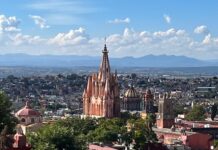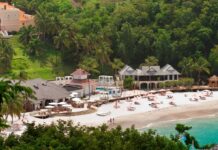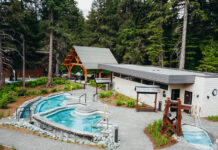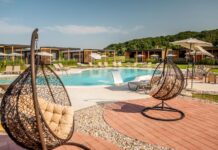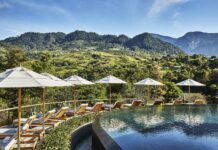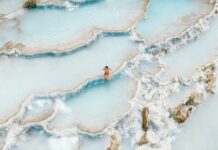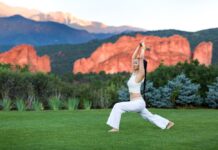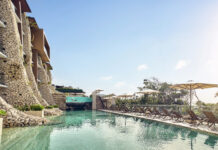by Anne Dimon
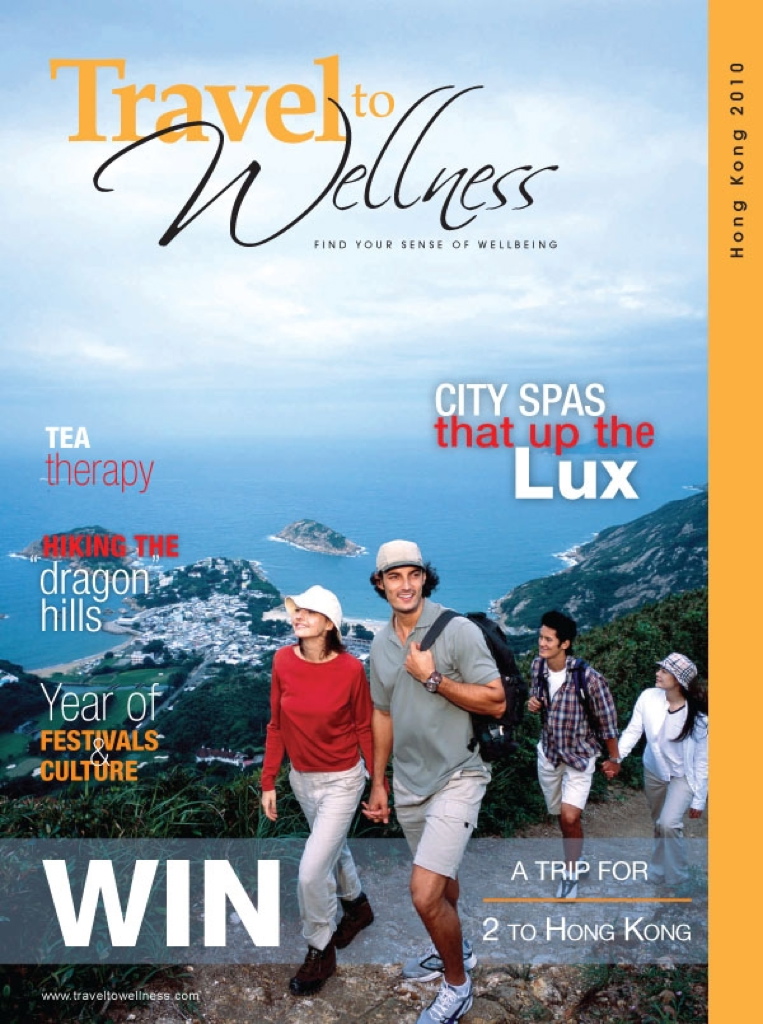
Way back in 2010, we worked with the team at the Hong Kong Tourism Board (HKTB) in Toronto to create a print edition of Travel to Wellness that was totally focused on Hong Kong and what this vibrant city and surrounding area had to offer the wellness-minded traveler. During my visit (my third in the previous 10 years), I found that Hong Kong remained the same vibrant, dynamic, stimulating destination of reputation where I had the opportunity to witness first hand that amidst this ultra high-energy environment, a visitor can find pockets of peace and tranquility. For instance, I discovered inspirational calm on the incredibly scenic MacLehose Trail, and experienced the pro-active health and wellness system of Traditional Chinese Medicine (TCM) which continues to be a significant part of the Chinese culture.
But that’s all so very long ago. Recently, I was invited to attend a media event in downtown Toronto where, after all these years, I had the opportunity to meet up, once again, with Michael Lim, Director, Canada, South & Central Americas, HKTB. So, what’s new for the wellness-minded traveler thinking of heading to Hong Kong? Along with the food, the shopping, the therapeutic tea ceremonies, the luxury spas, the wellness-culture and so much more, through a program known as Wellness 360 Hong Kong’s Great Outdoors, the team at HKTB is embracing the great outdoors, and educating the world about the bountiful assets of Nature that surround this vibrant city.
Here are just three of Hong Kong’s many natural attractions that beckon visitors to spend time in the great outdoors:
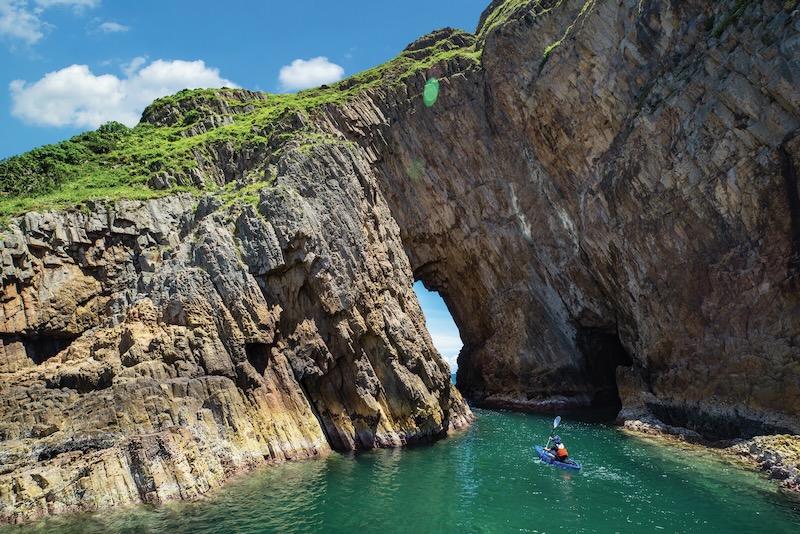
Jin Island, or Tiu Chung Chau (which means ‘church bell island’ in Cantonese), got its Chinese name from a bell-shaped sea arch at its southern end. The northern tip of this island is literally a stone’s throw from Kau Sai Village. This part of the island is also the site of many impressive sea caves, which have been slowly carved by the motion of waves over thousands of years. Kayakers love to paddle along the coastal waters.
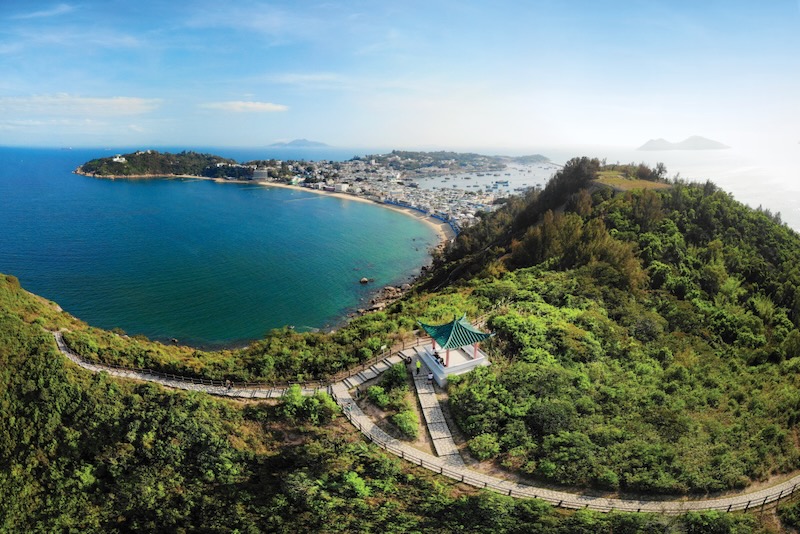
The island of Cheung Chau offers a distinctive waterfront dotted with seafood restaurants and gently rocking fishing boats. A family-friendly hiking trail offers scenic views and an ideal way to escape the hectic pace of city life. Cheung Chau is also home to Pak Tai Temple — established in the 18th century to honor the Taoist ‘God of the Sea’, and the traditional venue for the island’s annual Cheung Chau Jiao Festival.
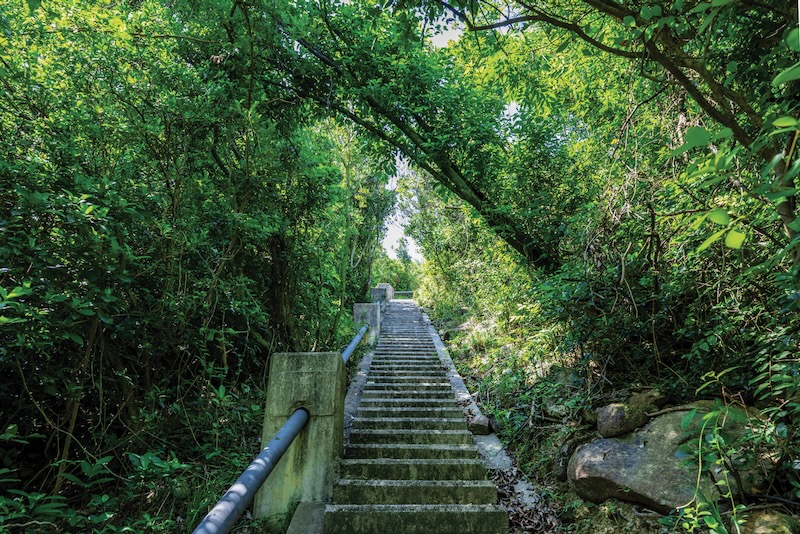
Considered a Hong Kong UNESCO Global Geopark geosite, the island of Kau Sai Chau is home to Kau Sai Fishermen Village — the island’s only settlement. The island’s Herbal Plant Trail is lined by some of the flowering plants used by villagers for traditional herbal medicine, such as tea or medicinal soup. Pick up an herbal trail leaflet to help you identify some of the plants. Hike higher up the trail to witness stunning open views of the islands, bays and rocky shores of Port Shelter.
You’ll find more information on Hong Kong here. I hope to return one day and, who knows, maybe I’ll pull together a special wellness-focused trip for Travel to Wellness readers.


